When optimizing a website, one of the recurring questions is, how many internal links per page SEO best practices actually recommend. Internal links play a vital role in helping search engines understand a site’s structure and in guiding users toward valuable content. Yet, there is no universally agreed upon “perfect” number, which often leaves business owners and marketers uncertain about the right balance. Understanding how internal linking works, what experts suggest, and how it impacts user experience can make a significant difference in both search rankings and conversions. This article provides a comprehensive breakdown of the role of internal links, why they matter, and how to use them effectively without overdoing it.
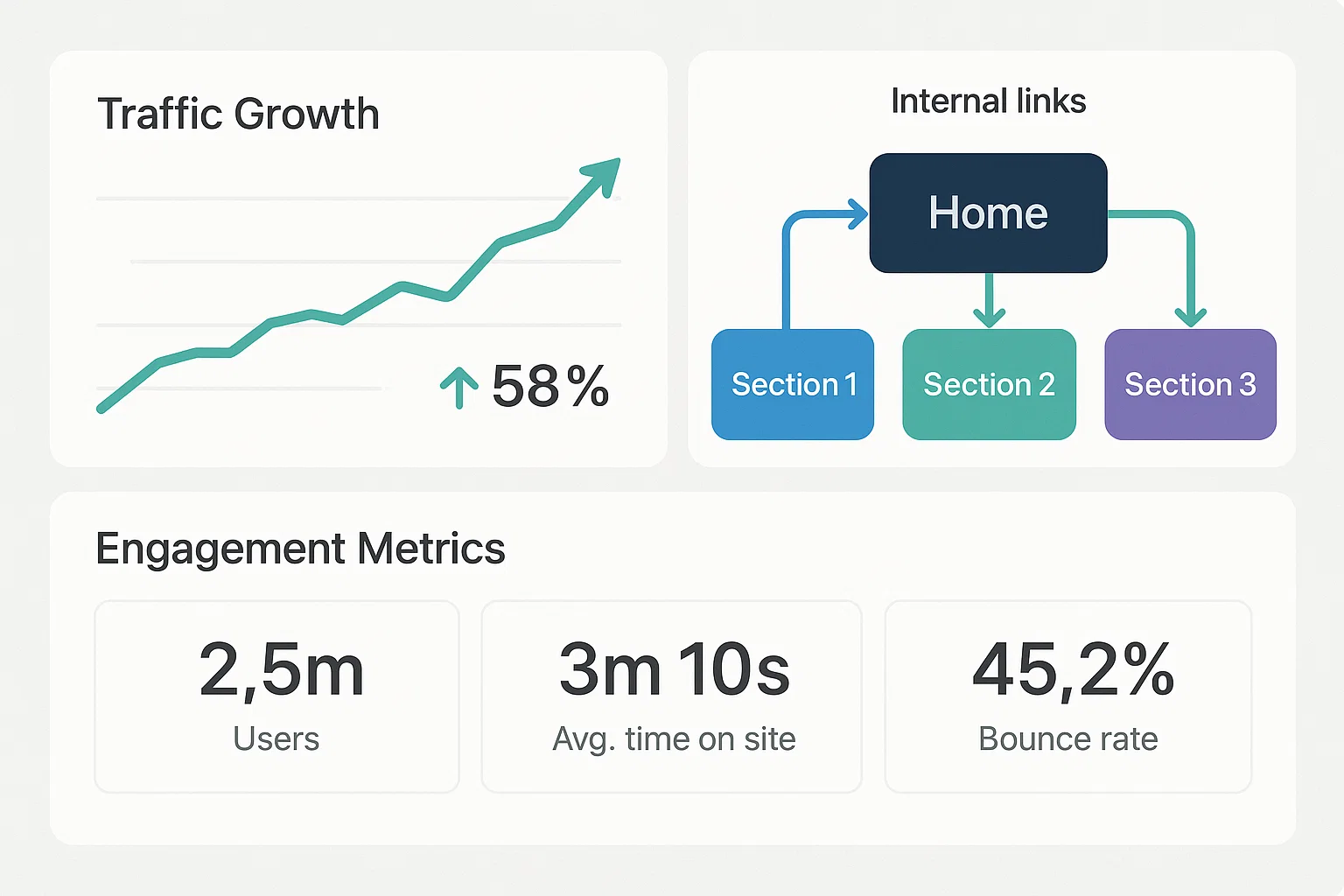
What Are Internal Links and Why They Matter
Before diving into the details of how many internal links per page SEO practices recommend, it is important to define the concept. Internal links are hyperlinks that connect one page of a website to another within the same domain. Unlike external links, which point to outside sources, internal links keep users and search engines moving through the content of a single site. These links serve two essential functions: guiding users toward relevant pages and signaling to search engines how different pages relate to one another. For instance, linking from a blog post about ecommerce strategy to a service page on Ecommerce Website Design not only helps readers but also informs Google about the connection between topics.
Search Engine Guidance on Internal Links
Google has never provided a strict rule on how many internal links per page SEO standards should include. In fact, John Mueller, Google’s Search Advocate, has explained that there is no fixed maximum number. Instead, Google recommends focusing on creating a logical linking structure that benefits both crawlers and human visitors. As Google Search Central explains, links are one of the most important ways search engines discover new pages. Historically, older SEO advice suggested limiting a page to 100 links due to crawling limitations, but today’s algorithms can handle much more, as long as links remain relevant and useful.
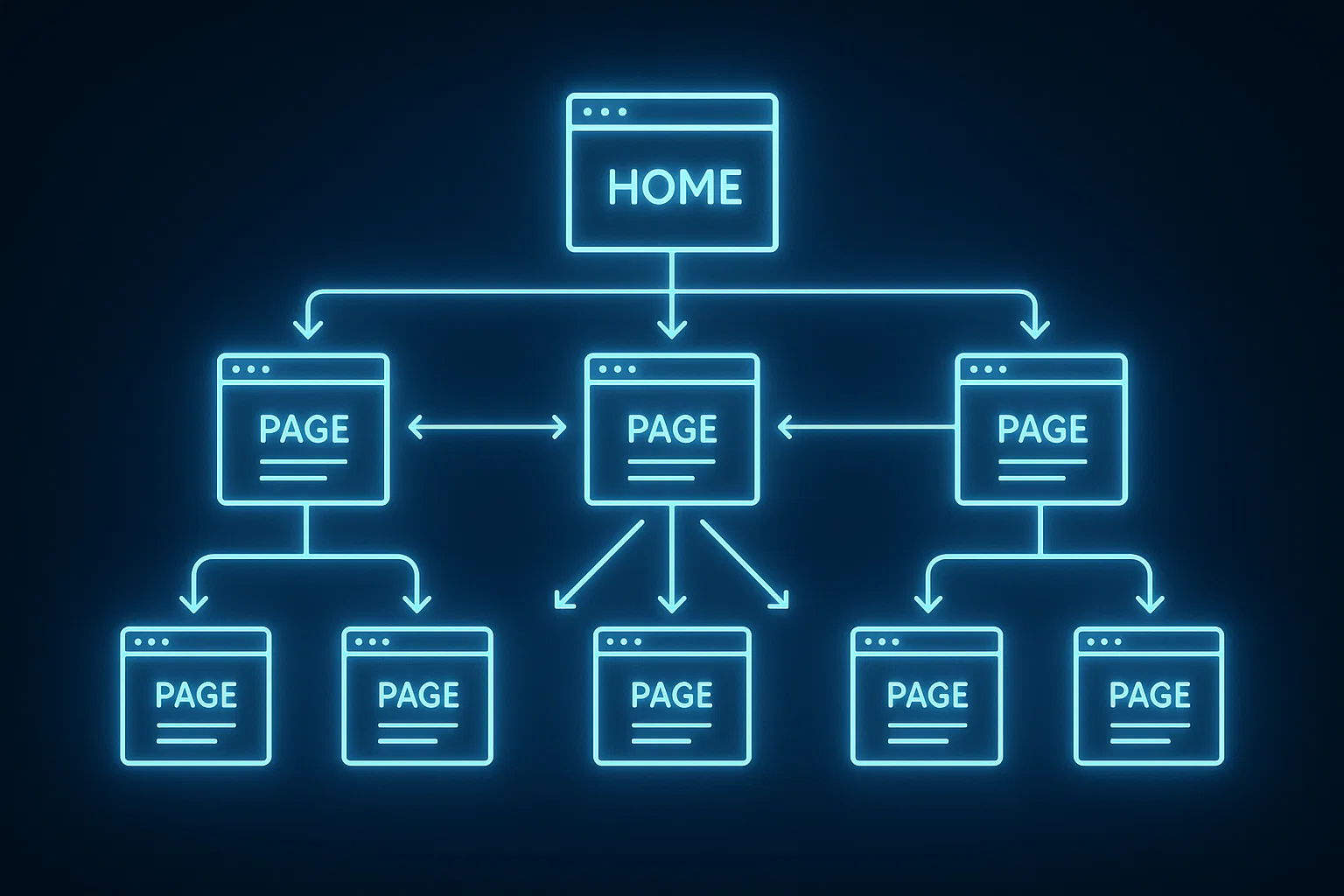
Balancing Internal Link Quantity and Quality
The real key is not hitting a magic number but striking the right balance. When considering how many internal links per page SEO best practices encourage, quality always outweighs quantity. Each link should serve a purpose by guiding users to information that enhances their journey. Adding dozens of irrelevant or forced links may create clutter and dilute the page’s authority. On the other hand, providing too few links may leave users without direction and reduce opportunities to distribute ranking signals throughout the site. A balanced approach ensures that each page contributes to the overall structure of the website.
User Experience as a Guiding Principle
While many focus solely on search engines, internal links are equally about people. The question of how many internal links per page SEO best practices suggest cannot be answered without considering user experience. Too many links can overwhelm readers, making the page appear spammy or difficult to navigate. Thoughtful placement of internal links helps users discover related topics, explore services, or move deeper into the site. For example, a reader learning about search engine optimization may appreciate a link to SEO Services for further guidance. The goal is to provide meaningful pathways rather than endless options.
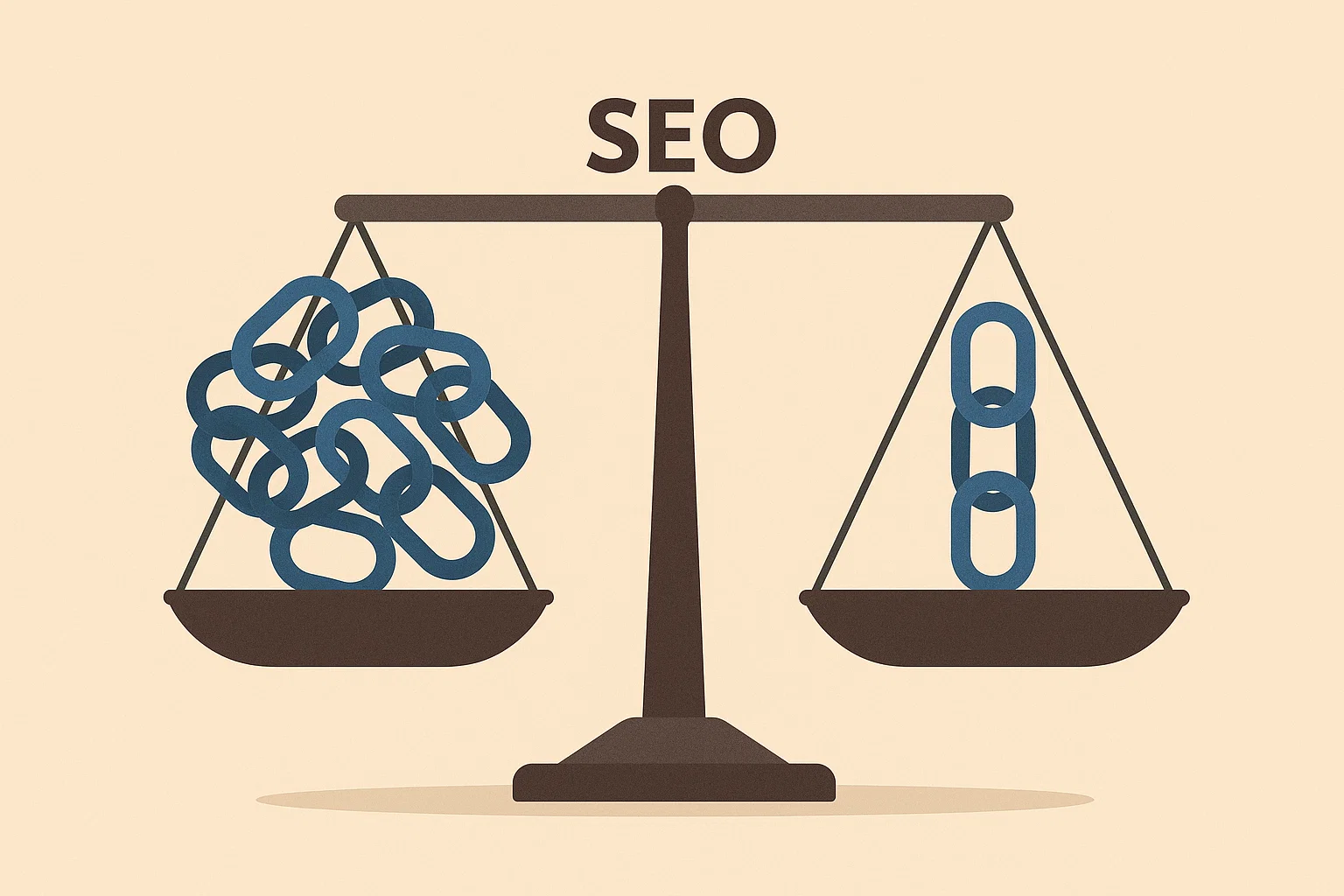
Internal Linking and Crawl Efficiency
Search engines use bots to crawl and index websites. Internal links play a vital role in ensuring that bots can discover and evaluate content effectively. When people ask how many internal links per page SEO guidelines support, it is worth remembering that a consistent and logical internal linking structure helps crawlers allocate resources efficiently. A well-linked site prevents orphan pages, which are pages without any incoming internal links, making them invisible to crawlers. By strategically linking relevant content, businesses ensure that important pages such as WordPress Website Design or Shopify Website Design receive attention from both users and search engines.
Best Practices for Internal Linking
Although no strict number exists, SEO professionals often recommend a range to guide best practices. Many suggest aiming for 3–5 contextual internal links per 1,000 words of content, with additional links through menus, sidebars, and footers. This provides balance without overwhelming users or search engines. When evaluating how many internal links per page SEO recommendations truly point toward, the answer depends on content length and complexity. A 500-word page may only need a handful of links, while a 2,000-word resource might justify more than a dozen. The anchor text used should also be descriptive, signaling the relevance of the linked page without keyword stuffing.

Case Studies and Examples
Real-world examples help clarify the practical application of internal links. Consider a business blog discussing the importance of digital branding. Within the article, internal links may lead to services such as Website Redesign or Website Maintenance. This not only creates a stronger user journey but also distributes authority across the site. On the other hand, an article filled with unrelated internal links creates confusion, reduces credibility, and may even discourage users from exploring further. Effective linking aligns context, relevance, and usefulness.
Risks of Over-Optimization
Overdoing internal links can backfire. When businesses attempt to answer how many internal links per page SEO best practices allow, some mistakenly add dozens of links in an attempt to boost rankings. Excessive linking can dilute link equity, making each individual link less valuable. It can also create a poor user experience, as readers may feel overwhelmed with options. Search engines may interpret excessive linking as manipulation rather than genuine navigation, leading to diminished returns. Moderation and relevance protect a site from these pitfalls.
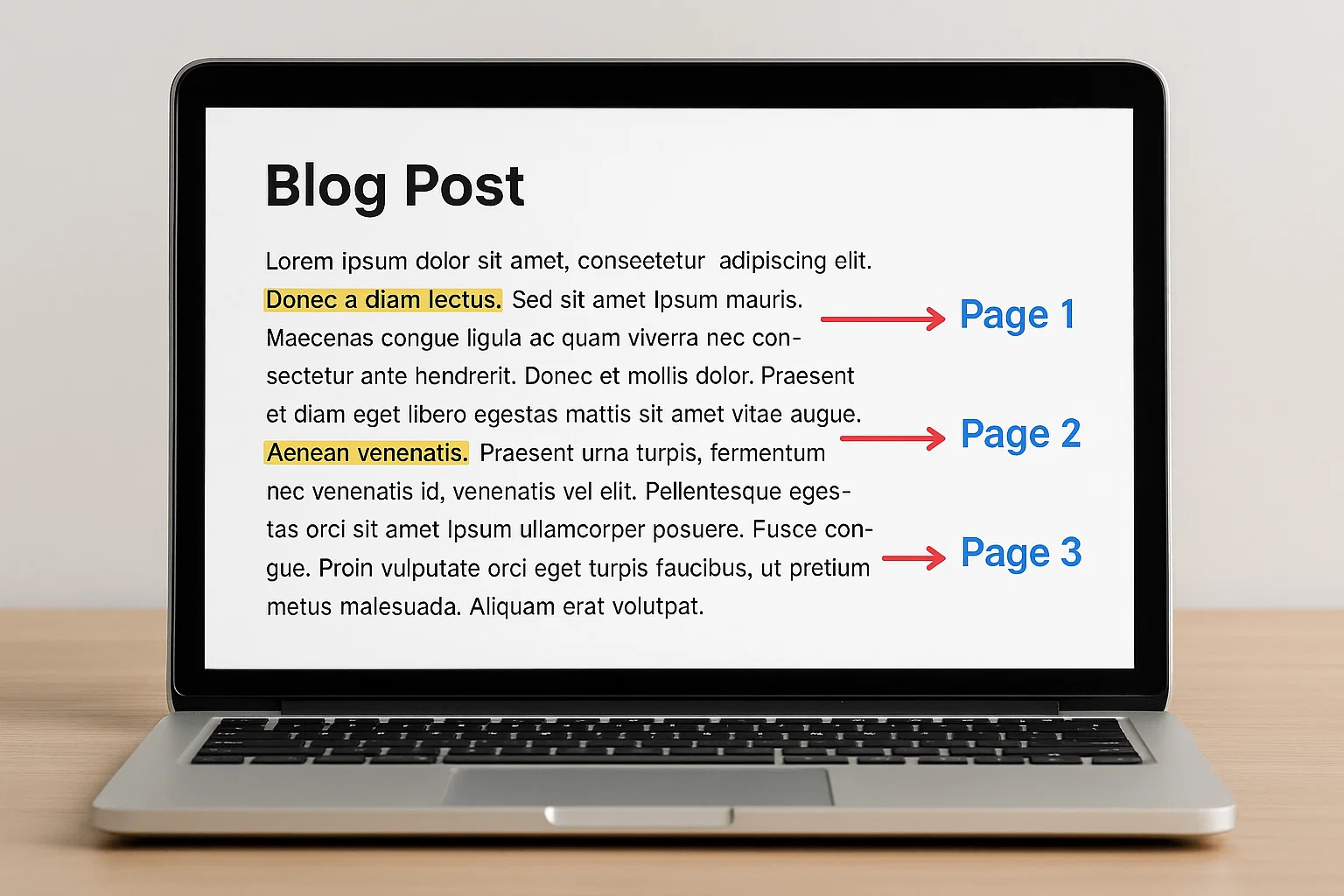
Using Analytics to Guide Internal Linking
Rather than relying solely on a fixed number, businesses can analyze performance metrics to refine their internal linking strategy. Heatmaps and click-tracking tools show where users engage with links, while analytics reveal which internal paths drive conversions. The question of how many internal links per page SEO supports can therefore be answered by looking at real user behavior. If users regularly click and engage with links, the number is likely appropriate. If links are ignored, it may indicate that placement or context needs adjustment.
Integrating Internal Linking with SEO Strategy
Internal linking should never exist in isolation. It works best when integrated with broader optimization efforts, including Technical SEO Services. A strong linking structure complements keyword targeting, site architecture, and content updates. By connecting cornerstone content, blogs, and service pages, businesses build topical authority and support search visibility. Asking how many internal links per page SEO practices recommend is just one part of a bigger picture: the creation of a cohesive website ecosystem that benefits both users and crawlers.
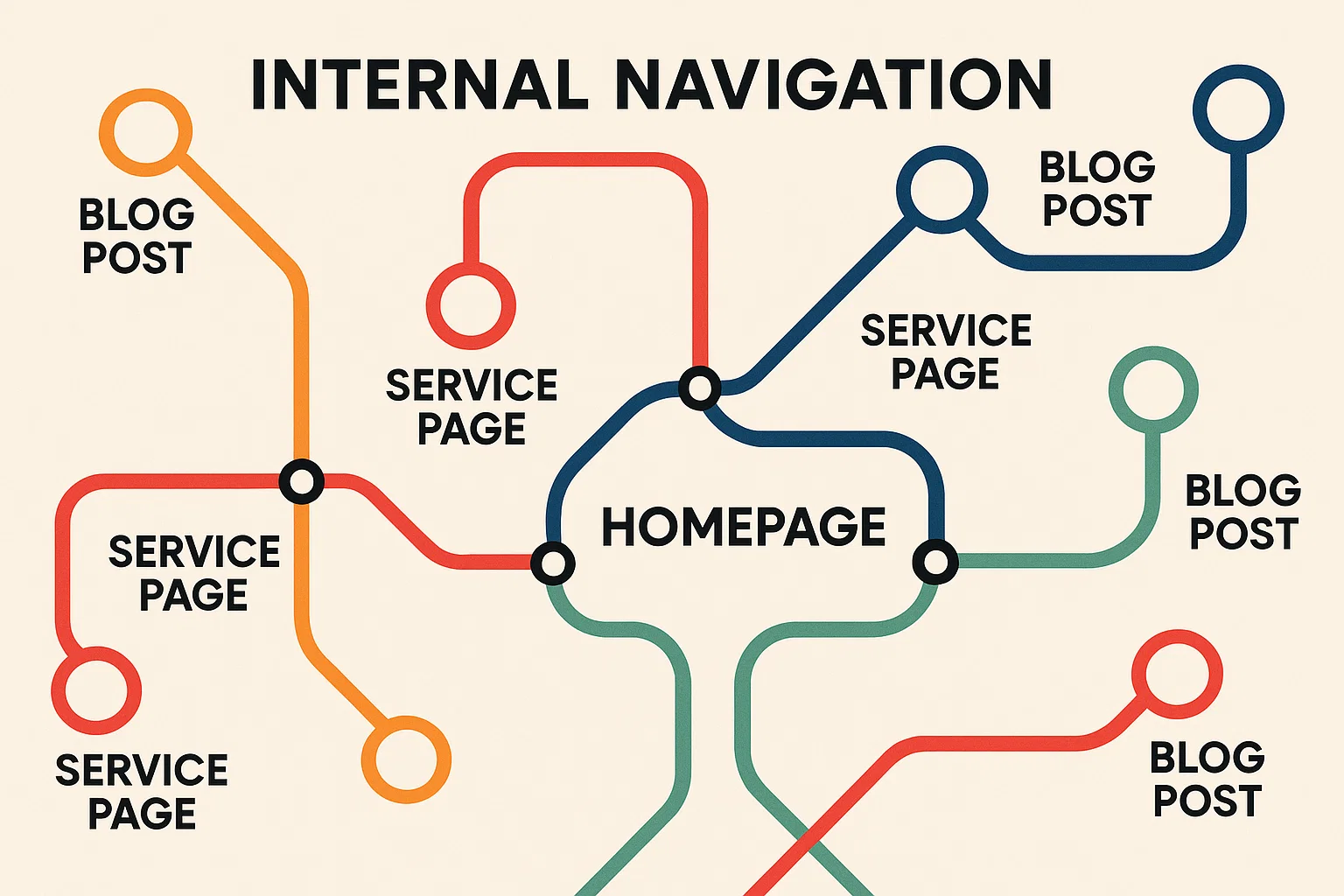
Conclusion
So, how many internal links per page SEO truly allows? The answer lies not in a strict number but in balance, relevance, and user value. Internal links guide readers, distribute authority, and support search engines in understanding content. While best practices suggest several contextual links per page, the real focus should be on quality and usefulness. A thoughtful strategy ensures that each page contributes to the larger goals of the website, from higher rankings to stronger user engagement. For organizations seeking expert guidance in applying these principles, Best Website Builder Group helps businesses build optimized websites that align with SEO best practices and deliver measurable results.
